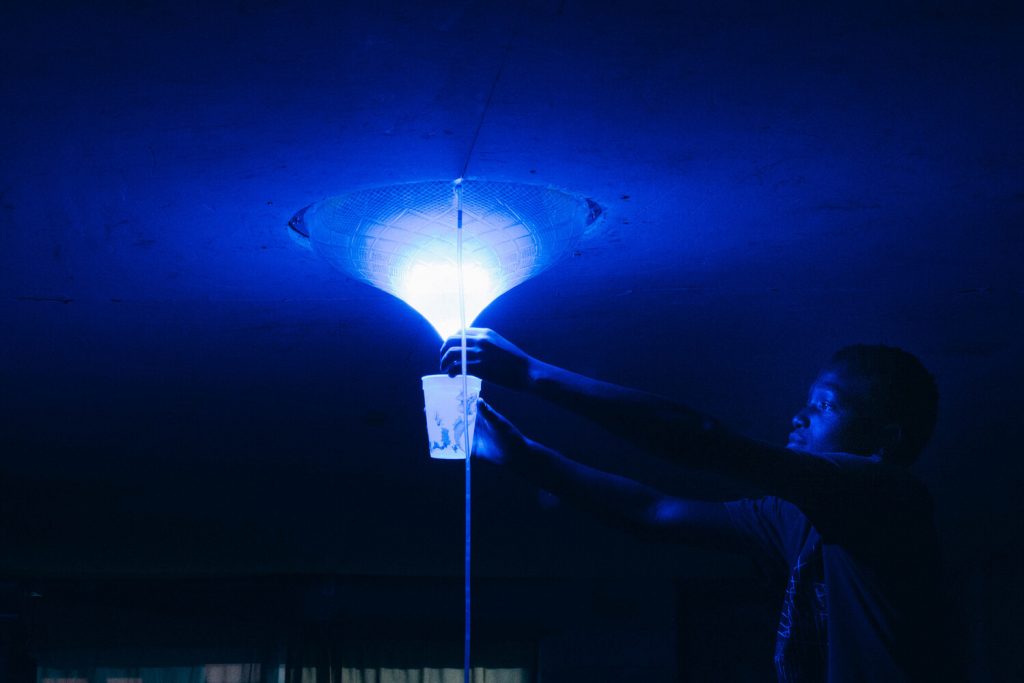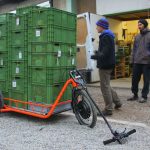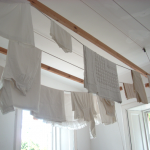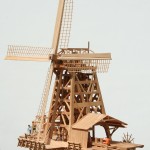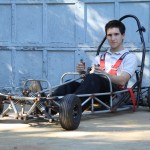“You hand pump seawater or polluted water into a bowl. Throughout the day the energy from the sun heats up this water and, instead of evaporating into the atmosphere, it gets trapped in the top section. All the fresh water will then trickle down into this bottom basin and all the impurities of the salt and polluted water stay behind. You’re going to have a left-over salt brine which is going to be a waste resource, but instead of throwing it away, this salt brine goes into the series of seawater batteries around the perimeter that can light a LED strip during the night. At night you can turn on the light and you get an energy source through the salt batteries. And during the day, this is like a skylight, bringing natural light to the interiors.”
“The power of the sun is amazing, and I was trying to copy this hydrological cycle. It can kill 99% of dangerous pathogens, remove salt brine and reduce the need of having to boil your water. I am not necessarily reinventing the wheel; solar distillers have been around for a long time, but a lot of these systems are heavy, expensive to make and with very complicated designs. I wanted to think about one which could potentially be portable and simple to construct, made out of local materials and able to Achieve a higher yield of water.”
“This new design was exactly the same but at a large scale. We created a recipe book that is a step-by-step guide on how you can create this same design using bamboo and local work. It could be flat packed into a bag and deployed very simply and quickly and then attached to a bamboo structure which allows structural rigidity but also a community shaded spot, where you can produce around 18 liters of purified water everyday.”
Read more: Low-Tech Solutions for Complex Demands: An Interview with Architect Henry Glogau, ArchDaily. Image by Henry Glogau. Hat tip to Michael.
